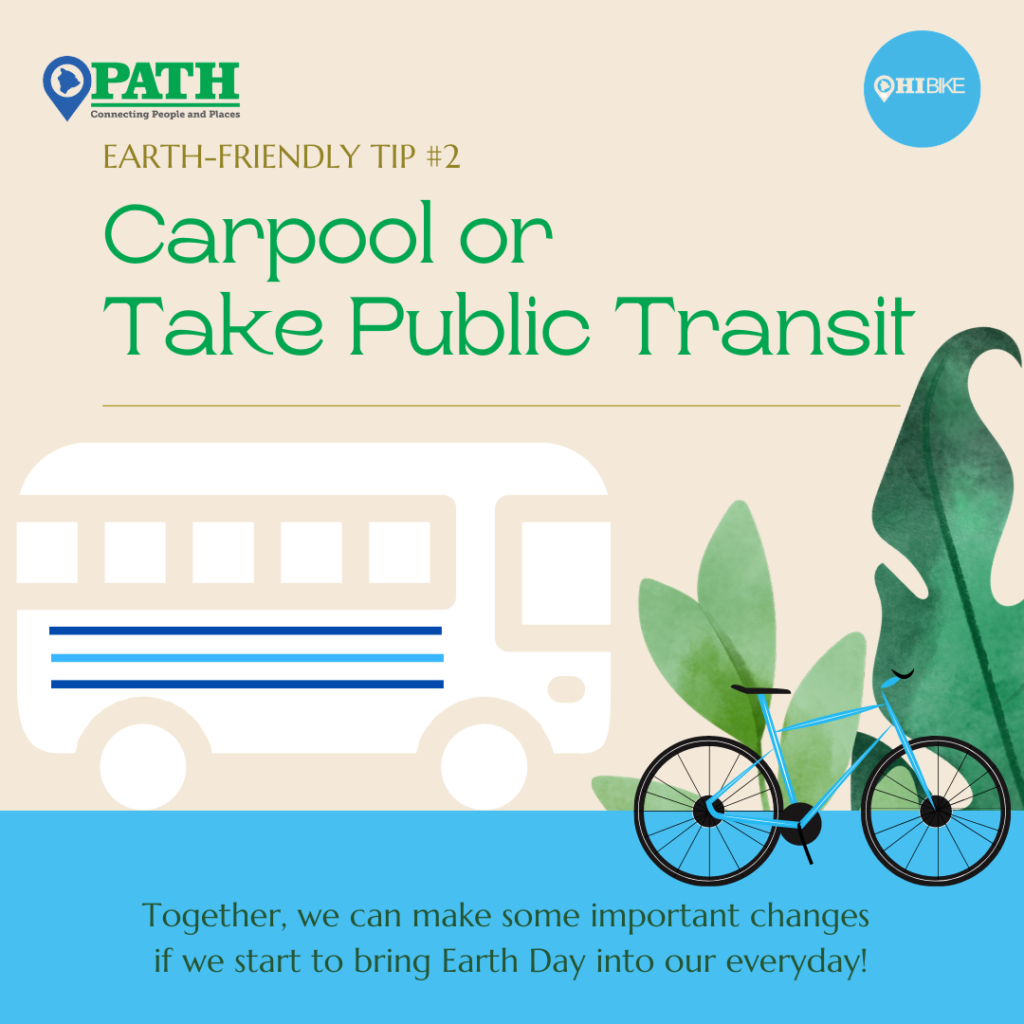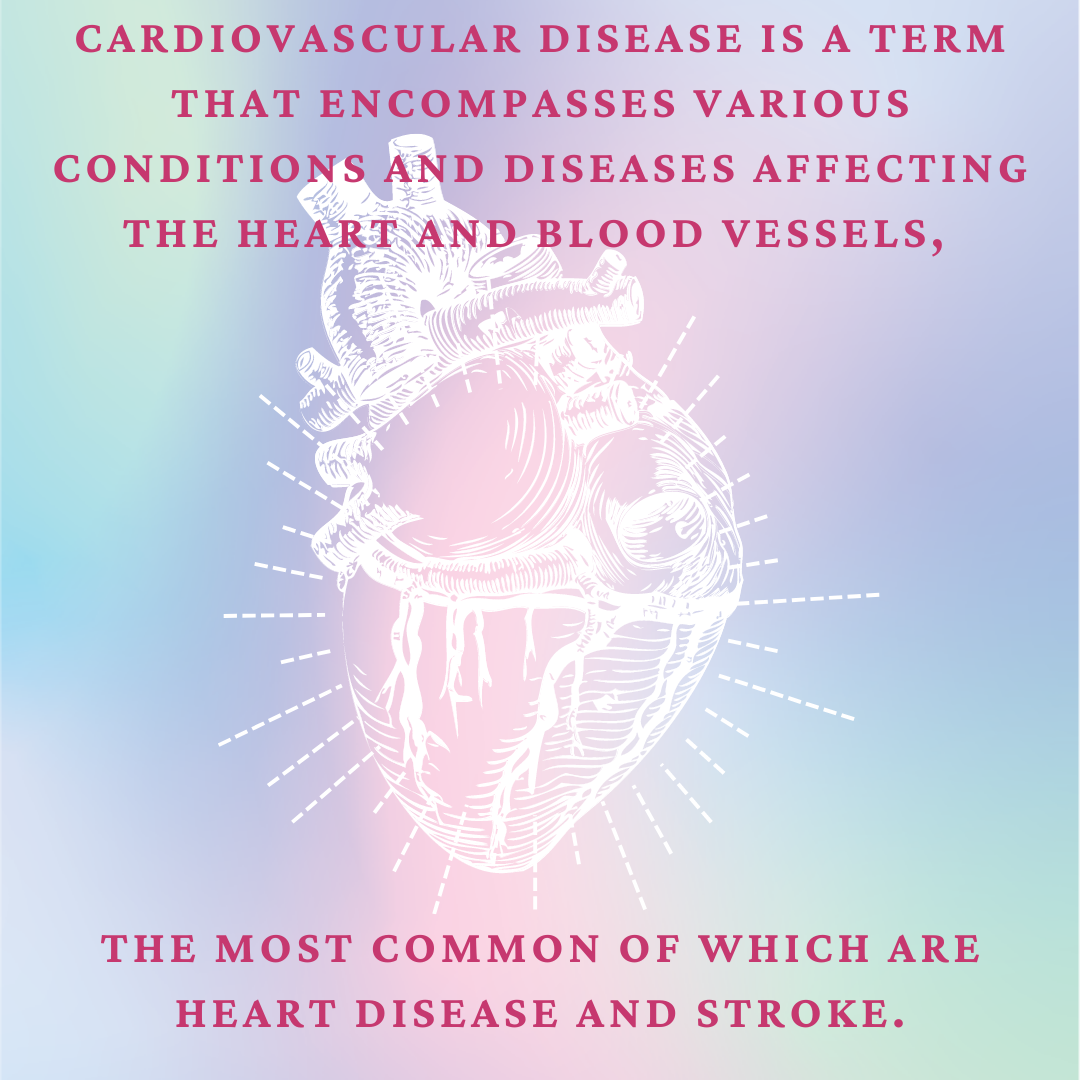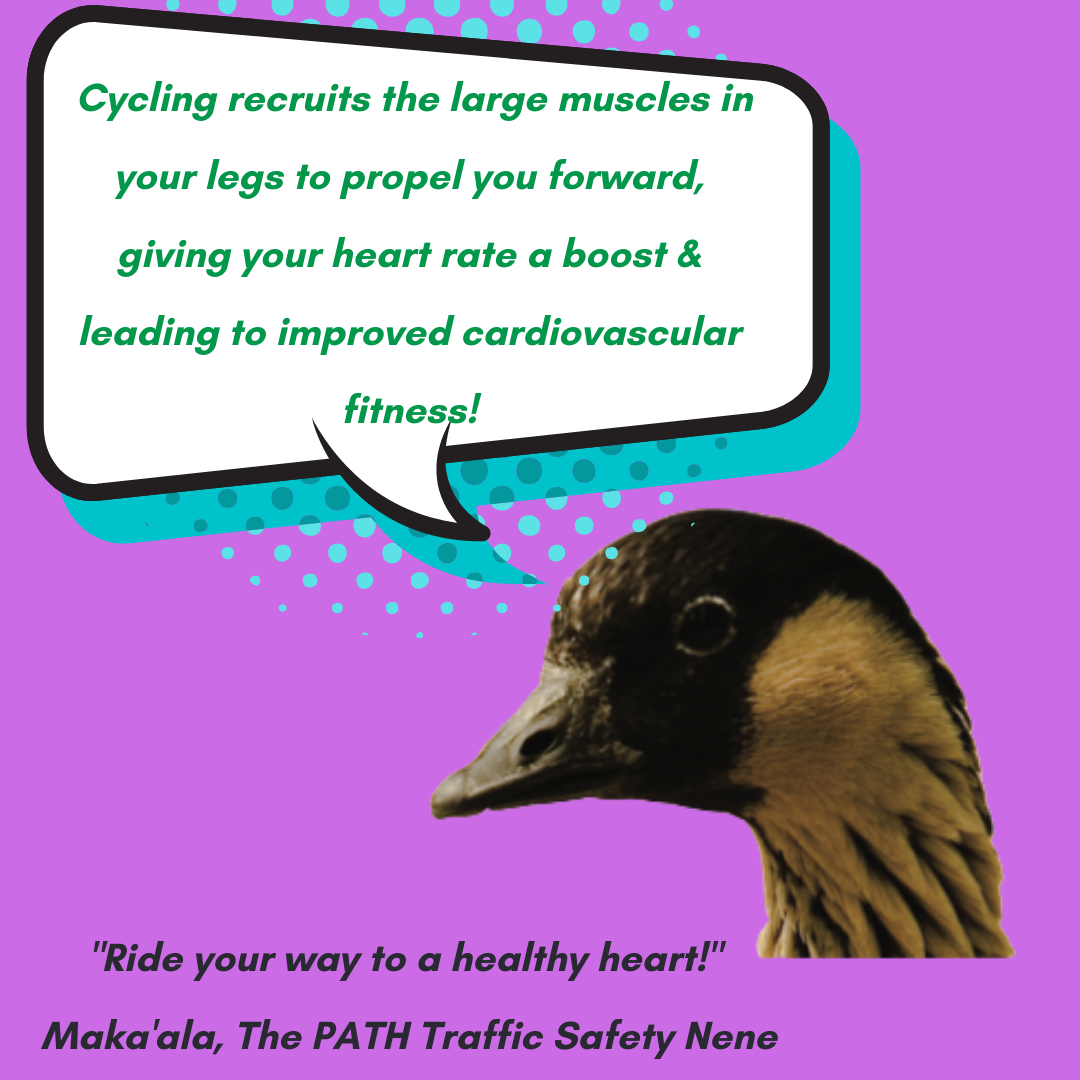5 Earth-Friendly Tips for Reducing your Carbon Footprint

Earth Day is next week and it’s the perfect time to show your support for protecting the environment. But you don’t have to wait until April 22nd to be part of resolving the climate crisis and putting an end to the age of fossil fuels.
Together, we can make some important changes if we start to bring Earth Day into our everyday!
From shopping local to riding bicycles, HIBIKE and PATH have five earth-friendly tips on how you can make a difference by reducing your individual carbon footprint now and mitigating the need for fossil fuels in the future:
Tip 5) Conserve Water
According to the EPA, the average American family uses over 300 gallons of water per day at home. You might be shocked by this number, but what will really surprise you is how easy it is to decrease your water usage by being conscious when it comes to your daily routines.
Most top loading washing machines use an average of 40 gallons of water per cycle. So when it comes to doing laundry, make an effort to wash only full loads. You’ll cut back on hundreds of gallons of water consumption and save money! While you’re at it, skip the extra rinse cycle, and conserve energy further by hanging your clothes out to dry whenever possible.
The next time you brush your teeth, time yourself. Most of us spend around 2 to 3 minutes brushing our teeth, twice a day – which is great! What’s not great is that we tend to let the water run the whole time. And for every minute that the tap is on, one gallon of water is used. It may take some time to make it a habit, but turning off the faucet while you brush can save over 1,400 gallons of water over the course of the year!
Then there’s the dehumidifier – Many of us run them here on the Big Island since they keep mold and mildew at bay on those rainy days. And when it’s time to empty the dehumidifier, we may think nothing of dumping the water in the tub. But what if there was a better use for that water?
Consider pouring it into your watering can for your garden or watering trees in your yard with it. And before you dump that water leftover in your reusable bottle down the drain, look around at your house plants – Chances are they could use that “old” water and you can keep the faucet turned off a little longer!

Tip 4) Shop Local
We get it – COVID 19 made shopping online the norm. It was safer and sometimes necessary to shop from home and have our orders delivered to the door. But pandemic-related restrictions are slowly being lifted and we’re able to spend more time outside the house, allowing us to buy products and services from local businesses in our own community.
Shopping locally really does impact the environment! By doing our shopping within our community, we can feel good knowing that our vehicles guzzled less gas. And purchasing produce locally also helps farmers that may otherwise struggle to stay in business. When local farmers succeed, there is less of a chance that they will have to sell their land to developers, who often transform it into office parks and strip malls, threatening the local ecosystem in the process.
One of our favorite ways to support local businesses is to shop at the farmers markets. Many of the markets are close enough to reach by bike or foot, which means we can conserve the air quality of our community rather than polluting it with emissions. And unlike foods sold by global retailers, goods sold by local farmers require little to no packaging, minimizing waste.

Tip 3) Use Reef-Safe Sunscreen
The ocean is essential to life here on Hawai’i Island. And whether you live in Kona or are visiting Volcano, you can help protect the ocean’s health by using sunscreens that are free of oxybenzone and octinoxate.
Hawai’i has banned any sunscreens containing these chemicals, as they are known to cause harm to marine ecosystems. Specifically oxybenzone and octinoxate lead to the process of coral bleaching, which harms our reefs by upsetting the symbiotic relationship between delicate coral and other organisms that sustain the coral reef.
When choosing an environmentally-friendly sunscreen, don’t just grab the first sunscreen that says “ocean safe” on it though. Check the label to be sure that it’s free of oxybenzone and octinoxate, and look for minerals such as titanium dioxide and zinc oxide, which can protect your skin from damaging UVB rays… and protect the planet!

Tip 2) Carpool or Take Public Transit
According to the Environmental Protection Agency, the average car emits six tons of carbon dioxide every year. On the other hand, public transit vehicles actually emit fewer pollutants than single-passenger vehicles. In fact, a bus emits 80 percent less carbon monoxide than a car.
Choosing to ride the bus instead of driving a car can save 4.7 billion gallons of gasoline and cut carbon emissions by more than 4,800 pounds annually, leading to a notable decrease in greenhouse gas emissions. The statistics are enough to convince anyone that riding the bus is helpful in the fight against pollution.
It can also be overwhelming to think that to protect the environment, we have to abandon our cars, and carpool or take public transportation for the rest of our lives. The good news is that even small changes in your commuting behavior can make a difference! So before you sell your car, try a subtler approach:
Commit to taking the bus or carpooling with coworkers once a week. This weekly change alone will decrease the number of single-occupancy vehicles on the road and effectively cut down on greenhouse gases. Additionally, you’ll be part of statewide efforts to achieve 100 percent renewable energy and carbon neutrality by 2045.
Ground transportation contributes significantly to Hawaii’s share of greenhouse gas emissions, but the Hawai’i Clean Energy Initiative aims to reduce overall vehicle miles traveled and convert any remaining vehicle-based ground transportation to renewable, zero-emission fuels and technologies over the next 20 years.

Tip 1) Commute by Bike
It’s unavoidable. Vehicles emit high levels of carbon dioxide, which is the primary cause of global warming. Specifically, every gallon of gas in your tank emits roughly 24 pounds of carbon dioxide.
When it comes to bicycles, every four-mile bike ride has the opposite effect. Not only are bikes an emission-free form of transportation, but they also prevent emissions of approximately 15 pounds of carbon dioxide. Every time you decide to use your bike for recreation or transportation instead of your vehicle, you’re helping to decrease the amount of pollution from carbon dioxide.
You’re also helping to lessen the number of vehicles on the road. And less automobiles means we can get to where we need to be sooner and avoid the stress of being stuck in traffic.
Whether you’re commuting on your own bicycle or you’re riding a HIBIKE for recreation, you can likely skip the hassle of finding a parking spot associated with owning a car, and decrease your carbon footprint at the same time.
Celebrate Earth Day by Riding Your Bike
If more of us can choose bikes over cars for transportation, our communities won’t need to build more roadways or add extra lanes to existing roads, which depletes open space, leading to more water run-off and in turn, water pollution.
Not sure whether you should take mass transit or commute by bike? Why not try both! On April 22, we invite you to celebrate Earth Day by using your bike or a HIBIKE from Hawaii’s Bikeshare system for the first or last mile of your commute… Or bike all the way to work and back if you feel like it. There’s no better way to protect the planet while promoting a better, healthier community!
Written by: Sara Stover



